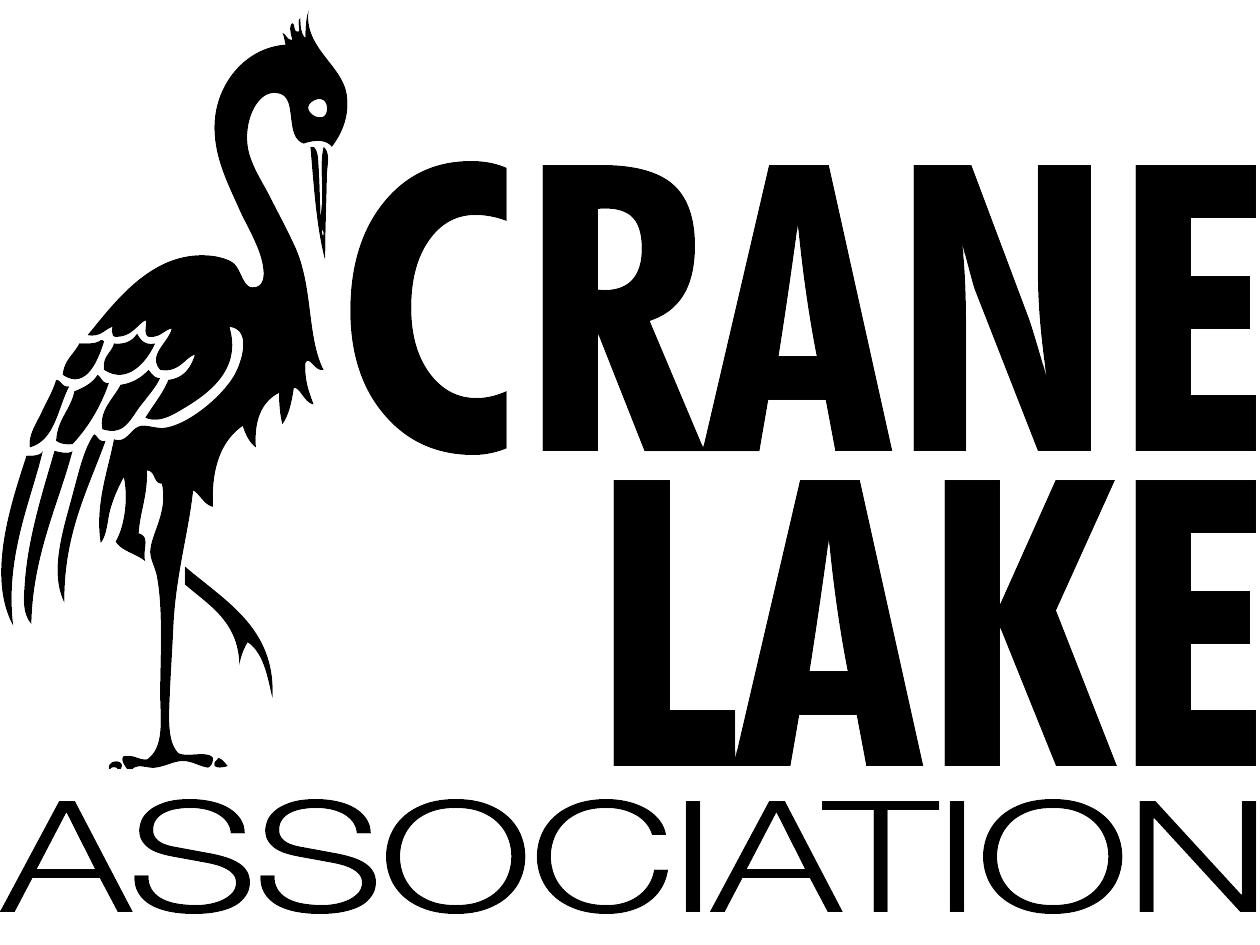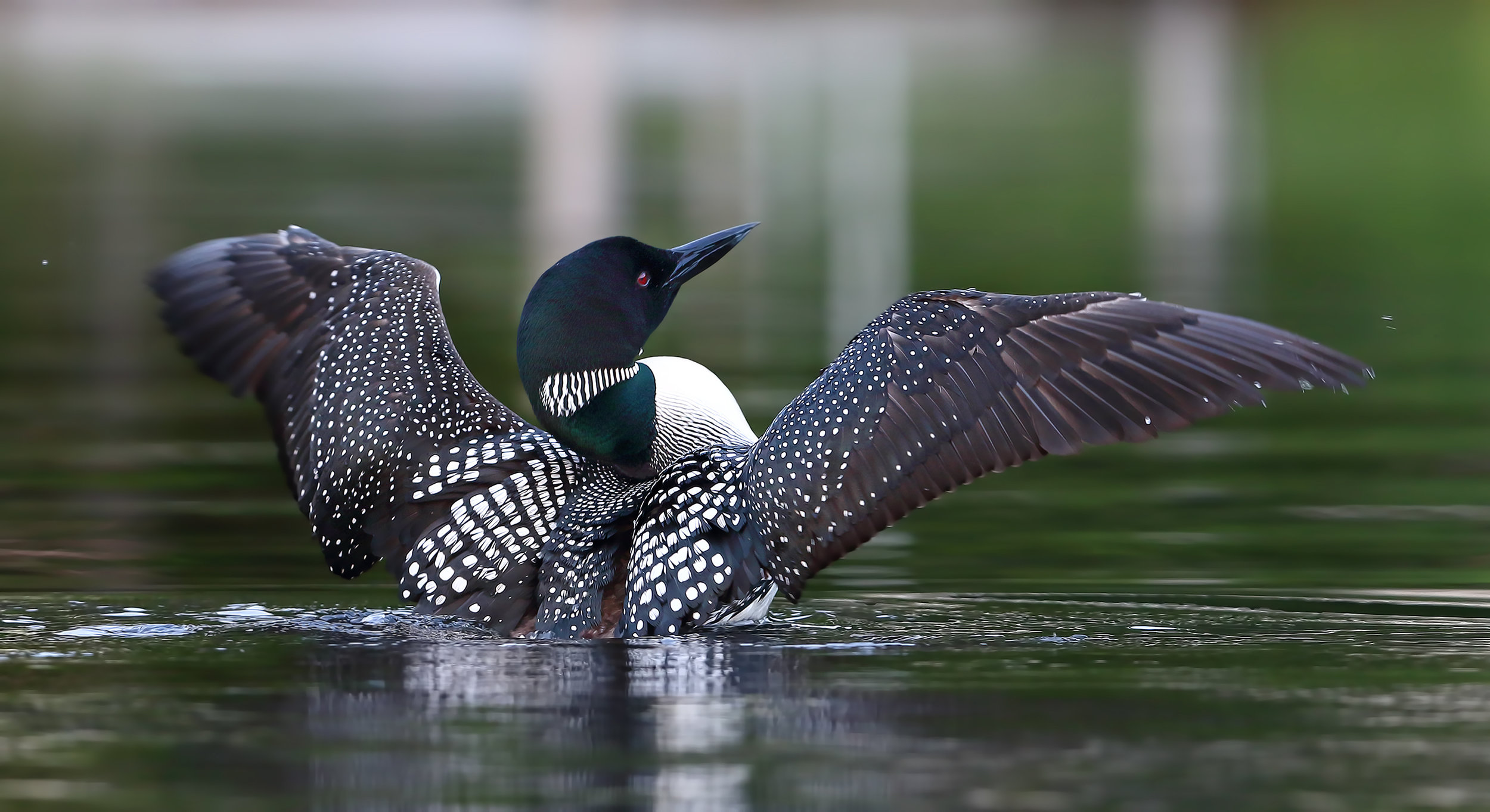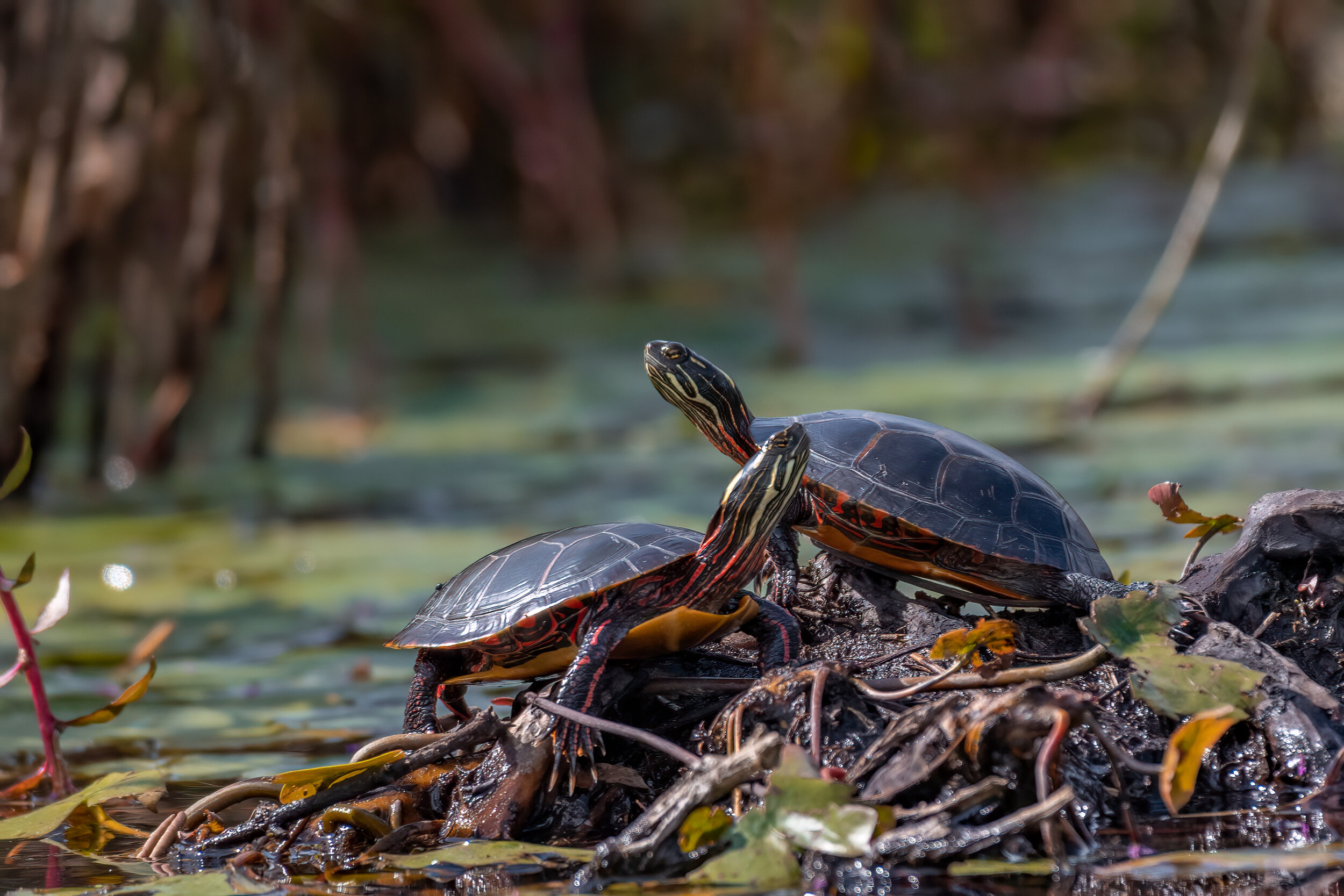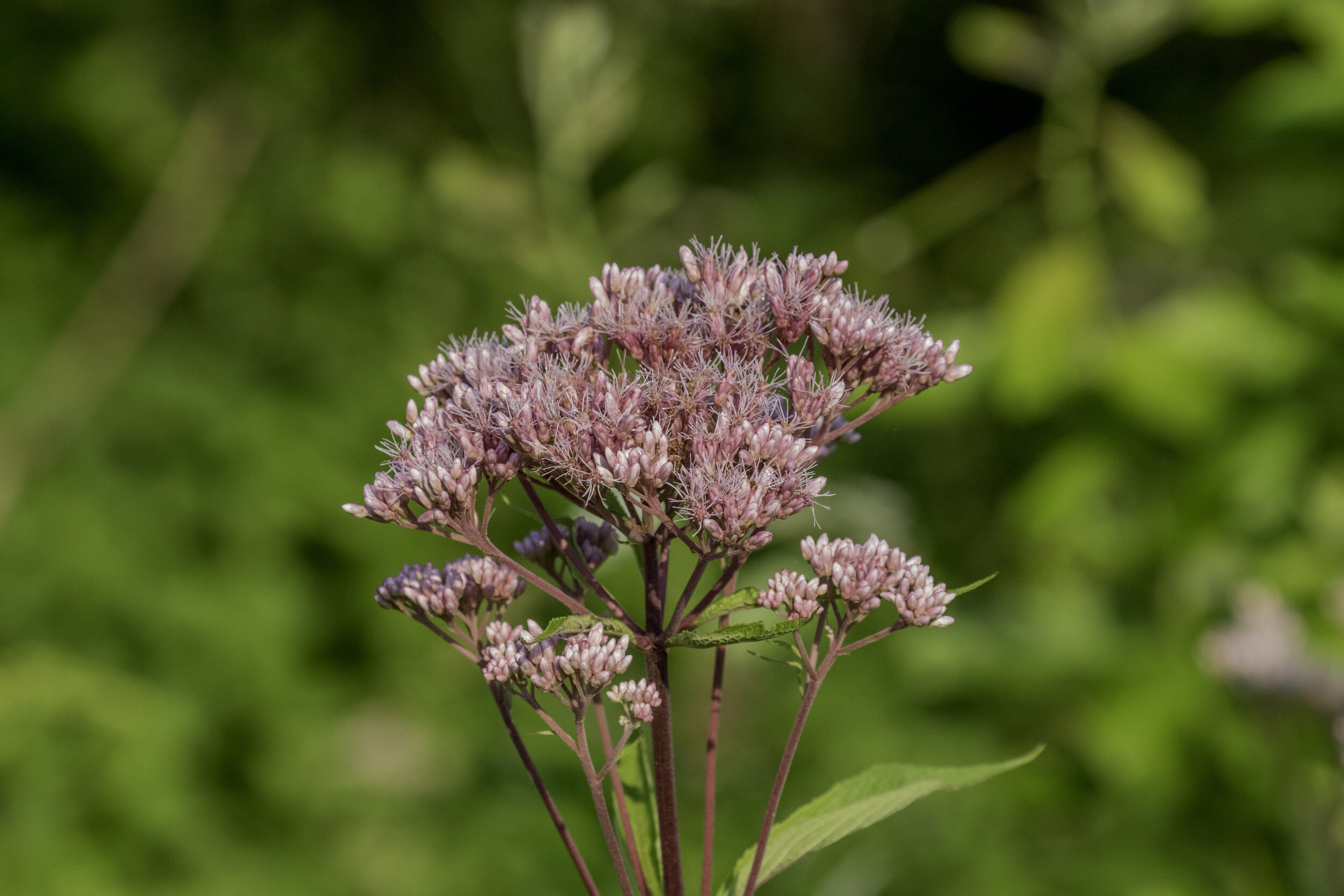Fish Netting on Crane Lake
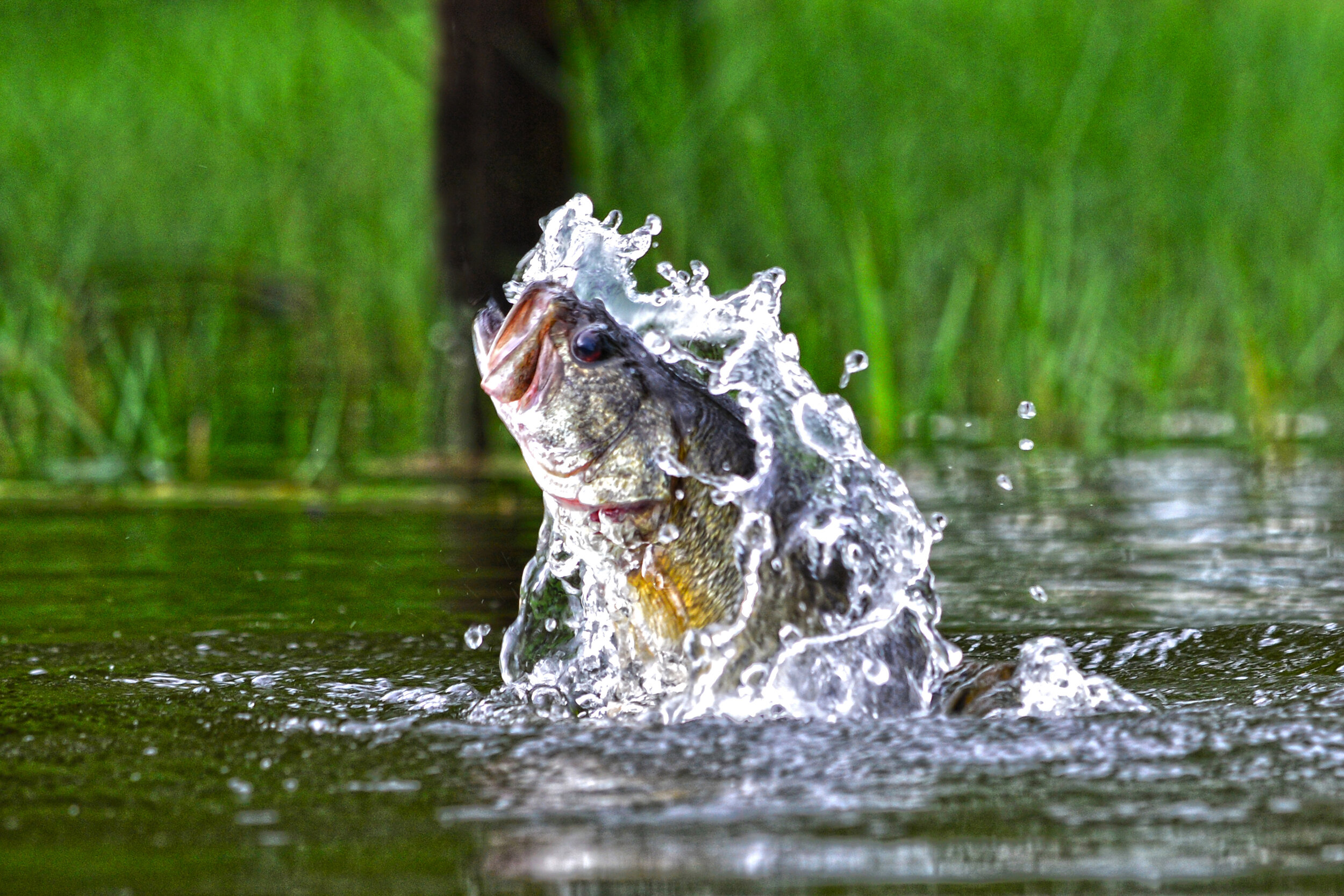
Keep your eyes open! You will see unusual floating nets in our lake this spring & summer!
You may have already read the email that Ian distributed with the messaging from the Project Lead at the Ministry of Natural Resources and Forestry. The following information is just an additional ‘brief’ on the activities of the fisheries management project happening in Crane Lake this summer.
Most importantly – please respect the health of the fish in Crane Lake by avoiding the floating nets that are cruising around Crane Lake.
DO NOT touch the netting.
DO NOT fish near the nets.
From the Ministry: If you do catch a tagged fish, it is vitally important that if you keep it you must call the phone number on the tag and report it. Please leave a message and the ministry will respond to your call. Also note that as long as the Ontario Fishing regulations are followed (seasons, limits, slot sizes etc.), any tagged fish can be kept. Don’t worry about interfering with the project, just make sure you call and report it!. These nets are tied to shore and can extend as much as 50 metres out.
We will all benefit from the education that we will obtain from the ministry once the project is over – so let’s all do our part to ensure this is a successful project!
Crane Lake has been chosen by the Ministry of Natural Resources and Forestry as the site for their project that is related to their ongoing Broadscale Monitoring Program monitoring fisheries in Ontario’s inland lakes. In 2008 the ministry implemented their Ecological Framework for Fisheries Management (EFFM) to improve, amongst other factors, how recreational fisheries are managed in the province. The EFFM is focused on individual lake fisheries management on some waters, but has expanded to include broad geographic areas divided into ‘fisheries management zones’ throughout Ontario. This broader scale approach is now managed under their Broad-scale Monitoring program.
The ministry’s project on Crane Lake this summer is to test the ongoing effectiveness of their province-wide Broad-scale monitoring program for biological & scientific productivity, as well as the overall cost-effectiveness of the program. For more details on the ministry’s Broadscale Monitoring Program in Ontario go their website at https://www.ontario.ca/page/broad-scale-monitoring-program
Why Crane Lake?
The ministry surveyed many inland lakes and discovered that Crane Lake meets all of the necessary criteria for their project:
Fish Volume: there are over 100,000 fish in Crane Lake (who would have guessed this??)
Few Access Points: there are very few substantial access points to Crane Lake minimizing the disturbance of the netting
Open space to work – Crane is not overpopulated which allows the ministry staff lots of open waters to work the nets.
Phase I:
Throughout May & June there will MNRF staff on Crane Lake almost every weekday as they set out the fish nets and tag the fish. The fish nets will be very visible (as some of you may already have experienced!). The nets are mobile. The MNRF staff will allow those nets that are most productive for their study to remain stationary, some nets will just naturally move around the lake, and some will be moved strategically by the staff.
They suggest that about 1% of our Crane Lake fish will be tagged – somewhere between 800-1000 fish. It is typically the larger fish that are tagged. These tags are standardized for use in fisheries world wide, manufactured in New Zealand. The tags are about ¾” and very slim. It is very rare that these tags cause any damage to other wildlife if swallowed.
It is unlikely the fish will die from the netting, but should any die, the ministry staff actually collect these dead fish for further intense biological study in their labs, with emphasis on the local biological activity in the lake, including toxins. This is a separate, unrelated test and is for scientific reasons only.
Phase II:
Throughout the summer until late July, the nets are left to cruise around Crane Lake
Phase III:
In late July – and again in late August – the MNRF staff will return to continue their testing. During this phase they will locate as many tagged fish as possible.
Final Reporting:
The results of this project are not released widely as it is a project-specific exercise. However, the ministry respects the inconvenience to the Crane Lake community and considers us as a participating partner in their program. By the end of the summer the MNRF will have a remarkable amount of data and knowledge about Crane Lake as a local fishery, and they have agreed to share of some of their results about the results from their efforts.
We do love our lake and, while some inconvenience will exist this summer because of the MNRF project, we will know more about the biological and scientific health of our lake if their project is successful.
